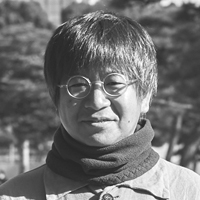Oniwasan is a non-profit information website, introducing photos and information on gardens, parks, and scenic spots all over Japan that Masatoshi Ito has personally visited. We interviewed Mr. Ito, who has seen approximately 1,700 gardens to date.
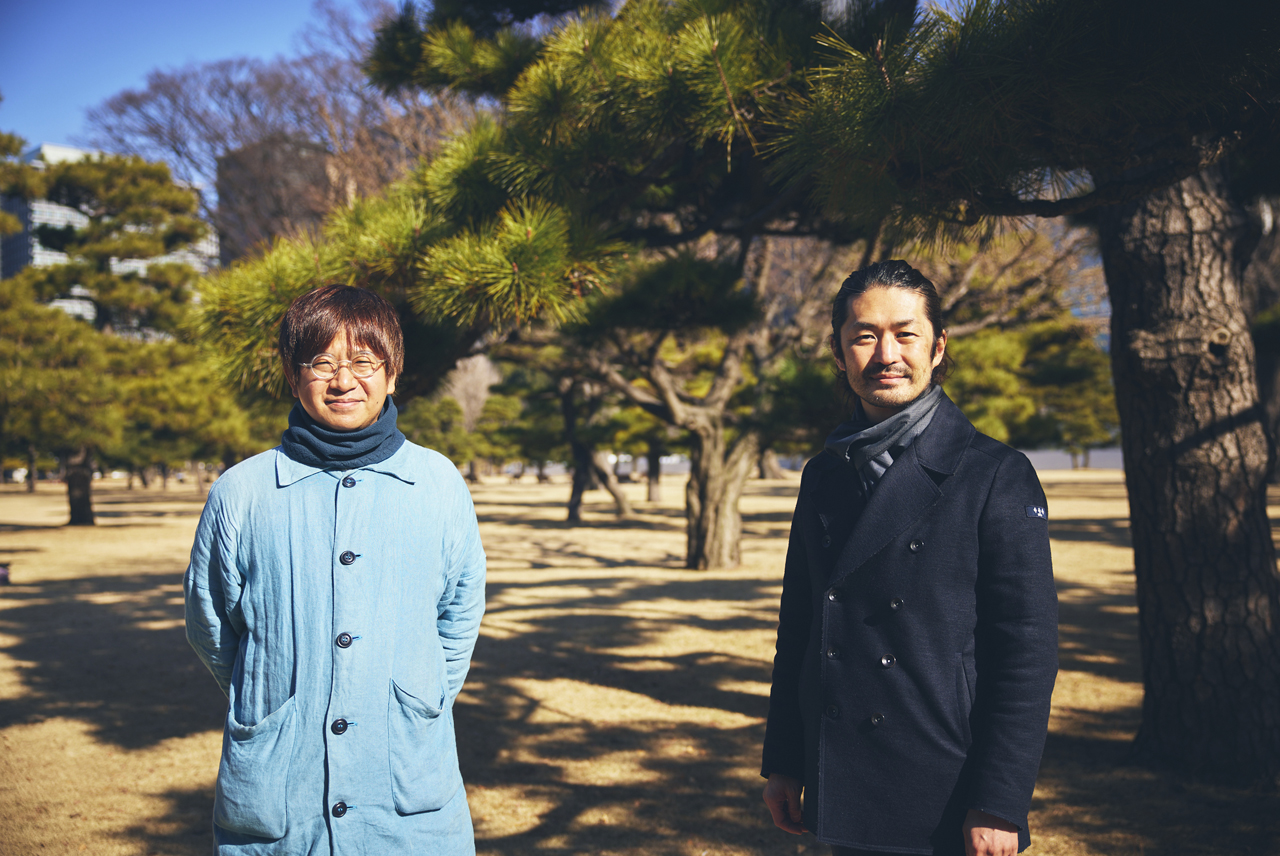
Would you please tell us the background of launching the Oniwasan website, Mr. Ito?
Ito:
I became interested in Japanese gardens and started to look for information online about ten years ago. But at that time, almost no information was available online about what kinds of Japanese gardens exist.
The first thing I found was the list of Places of Scenic Beauty of Japan on Wikipedia. The list had about 200 gardens designated as national cultural properties, so I started to visit them and then looked for other gardens around them. But it was hard to find information on municipality-level gardens that aren't national cultural properties. I had to search each municipality's cultural properties and tourist information websites one by one. I looked to books, but they often have the same information on famous gardens, especially the ones in Kyoto.
For example, the Honrakuji Temple garden in Tokushima Prefecture, where Mr. Yamaguchi and Mr. Kumon visited, is relatively new. It's not a cultural property and not famous enough to be featured in garden articles in magazines. Even if there are, there are very few issues on such gardens. There's a fat chance of knowing the garden even exists, no matter how splendid it is. So I simply thought, “If I made a website about the gardens I had searched for and visited, other people interested in gardens could easily use it” and made the Oniwasan website.
It's been five years since I launched Oniwasan in November 2016. I've visited 1,700 gardens so far (as of January 2022), including ones that are not yet posted on the website. Every year when the weather is warmer around mid-March, I start visiting gardens almost every weekend. The gardens I've visited numerous times are Hama-rikyu Gardens in Tokyo and Murin-an after moving to Kyoto two and a half years ago. Moving to the western part of Japan made the Chugoku and San-in regions more accessible and have led to more discoveries of gardens I didn't know about before.
Yamaguchi:
Your purpose is to introduce both low-profile and high-profile gardens in the same manner, rather than explaining the garden under a specific theme, isn't it? I'm very interested in what motivates you to voluntarily visit as many as 1,700 gardens.
Ito:
My motivation has been inexhaustible so far. The more I research, the more gardens I find all over Japan that I didn't know about. I can see the uniqueness of each of the 1,700 Japanese gardens that I've visited. I sometimes find a different perspective when revisiting the gardens after a while. There are still many fresh discoveries and encounters.
Based on the premise that each region has a unique landscape, the gardens integrate the landscape's atmosphere. For example, you might find some places similar if you only looked at the pond in the gardens. But every garden is different when you look at them as a whole, considering the surrounding townscape, shakkei (borrowed scenery), buildings, and details in the designs. There are plenty of discoveries altogether, and that's probably why I continue to be enthusiastic in my exploration.
Another thing is that probably no one has defined the total number of Japanese gardens in Japan. I admit it's innumerable if the ones in private residences are included. Another motivation is to find out just how many there are.
Mr. Ito, since you have visited so many gardens, you might have naturally established some specific key points and items to check. What are the things you focus on?
Ito:
I tend to focus on my feelings first—whether or not I feel moved when I'm there, then check the history and the period when it was made. For example, the transportable size of rocks differs depending on the period. It was impossible to transport huge rocks before the Muromachi Period, and the size of rocks used became bigger in later years. So I check the period to confirm such background information.
But to be honest, I am not a landscape architect, so I don't look at gardens with particular attention to details such as the tree and rock components. I take photos and post information as a medium to convey the differences and uniqueness of each garden.
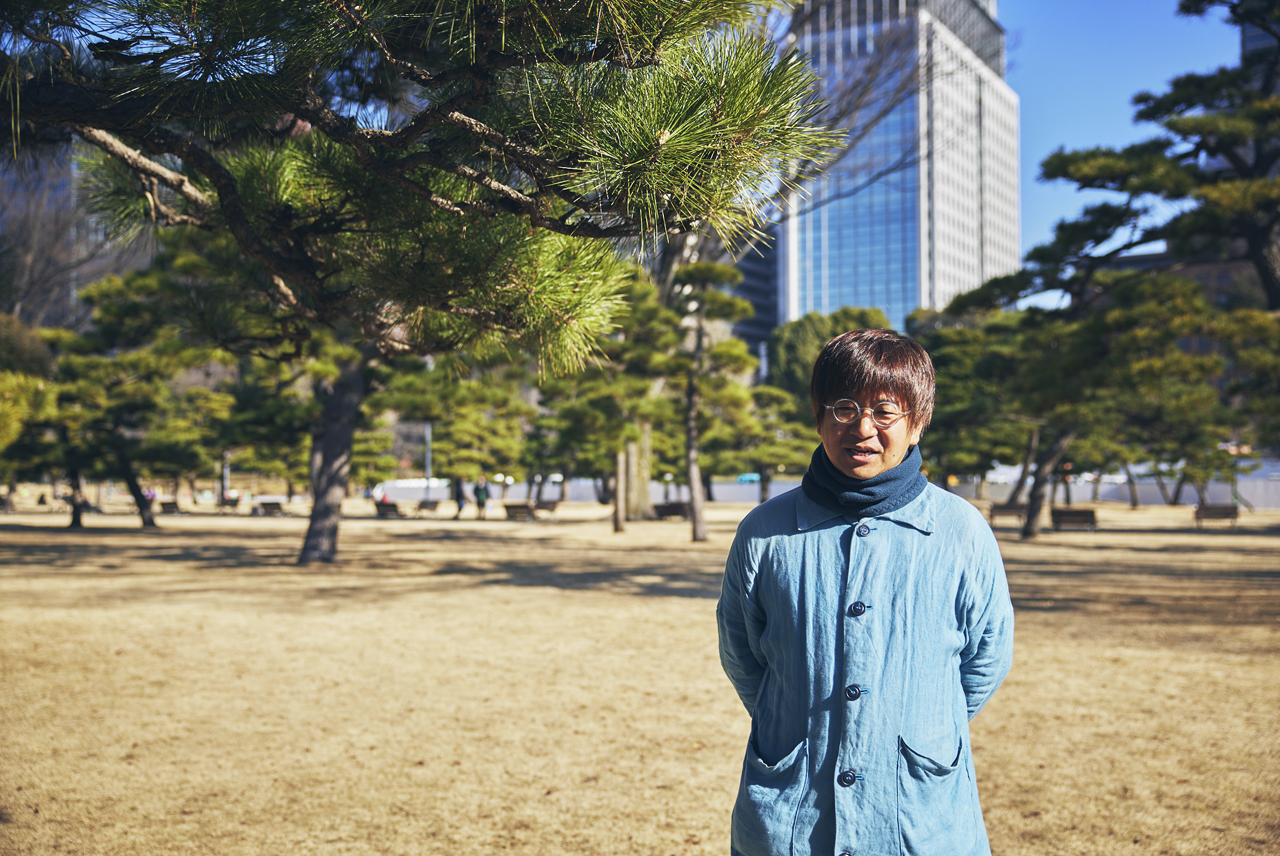
I heard you had always liked gardens even before you launched Oniwasan. What made you interested in Japanese gardens?
Ito:
It all started with Okayama Korakuen, where I visited on a school trip. My hometown is Hamamatsu City in Shizuoka Prefecture, which is an industrial city and is somewhat distant from traditional cultures.
Hamamatsu Castle does have a Japanese garden, and I know now that it was designed by a famous gardener in the Showa Period. But it's not something from the Edo Period or before that we would learn about in history class. Growing up in such an environment, the school trip to Okayama Korakuen struck me that there is such a large and well-designed historical space, and it made me attracted to gardens. That's the beginning.
I moved from Shizuoka to Kichijoji, Tokyo, in my 20s, and I really liked Inokashira Park, There is a pond in the center surrounded by nature. When you stand on the bridge, you can see one large apartment building. This had become the archetype in looking at gardens for me ever since.
When I was in my mid-20s, I commuted to Shiodome, and I was able to see Hama-rikyu from where I worked. It is often said that the view of modern architecture spoils Japanese gardens, but I didn't feel that way given that I was looking from inside a modern building myself. A bird's-eye view of Hama-rikyu from a building obviously didn't exist 200 years ago, and I actually think it may be one of the modern ways to enjoy gardens.
Yamaguchi:
What you said is quite interesting for me, because how we see Japanese gardens changes depending on the surrounding buildings. As for Koishikawa Korakuen and Hama-rikyu, modern architecture as borrowed scenery is favorably accepted. However, for Ritsurin Garden, the majority think it is better not to have any modern buildings visible around it. Despite the efforts to screen the building by growing the garden trees taller, the neighborhood development never ceases. I'm surprised that you are taking this situation positively. I thought you'd be very much against it.
Ito:
For example, in Shosei-en Garden in Kyoto, the once-visible Higashiyama Mountains are now hidden behind apartment buildings. It's unfortunate, of course, but I feel like there’s no point complaining about it. In my opinion, it's on us Japanese who no longer see the value in gardens and brought about such a situation.
It may be more acceptable in Tokyo, where people are more used to skyscrapers, and the acceptance may also depend on what kind of buildings are visible from the garden. A view of Tokyo Skytree or Tokyo Tower makes me happy, and Abeno Harukas viewed from Keitakuen Garden in Tennoji Park in Osaka gives me a unique impression of the area, so I like having the view of landmark buildings from gardens.
Even if a building is not a landmark, the unique characteristics of the area can seep from the background cityscape. So I rarely think like "I wish that thing is not in my view" but instead I often am impressed by the effort and ingenuity of gardeners to block an undesired view behind tall trees.
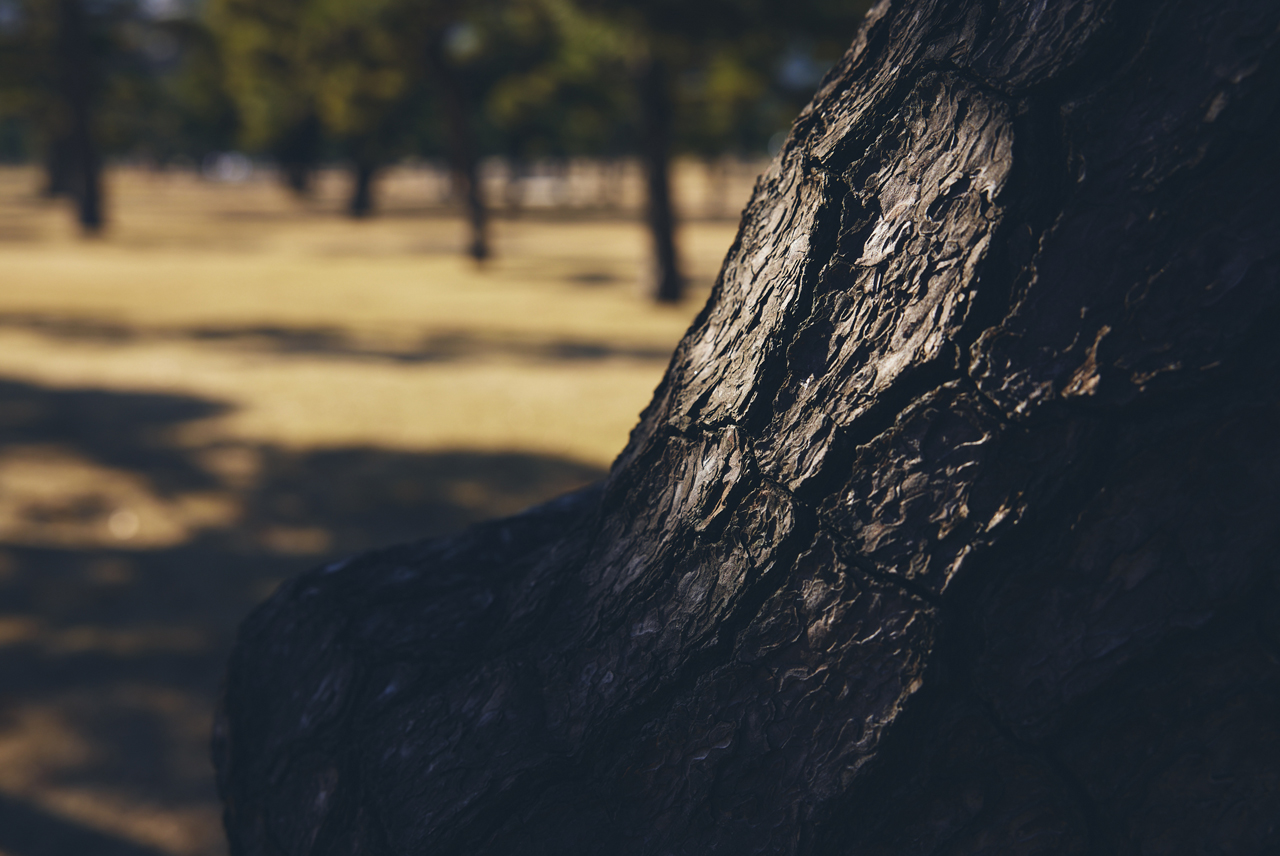
Yamaguchi:
Looking at Mr. Kumon's photos of Hama-rikyu, it seems to me that we can positively accept modern buildings as alternative landscape if signs or detailed information about the building aren't apparent. In contrast to the abstract Abeno Harukas building, an apartment building implies its functions and the lives inside. A building may become a kind of landscape when information about its uses is invisible.
Ito:
I see. An interesting thing about gardens is that how a viewer thinks and feels varies dramatically depending on the viewer. It's natural to see both negative and positive opinions about the added modern objects, and I'm okay with both. What's needed is to spread those opinions, otherwise the people outside will never be exposed to what people inside gardens are thinking about.
Books can only reach a limited number of people. Their influence is small, and public discussions wouldn't occur from them. The speed does not match the age. However, if there were many people who post information about gardens online, it would create a buzz. More people would visit gardens, deepen their understanding, and become interested in low-profile local gardens. I hope Oniwasan could be one of the triggers for such a movement.
On Oniwasan, there is a phrase “I learned gratitude in gardens, and I repay with gratitude.” What is your position on this, Mr. Ito?
Ito:
The statement “I learned gratitude in gardens, and I repay with gratitude” is my desire to convey garden-related contents as a culture without consuming them and offer an opportunity for conserving the culture. For instance, I do post rough recommendations to accommodate user needs as the list of gardens on the website has grown, but I try to avoid ‘rating’ them. I just want to show that every garden is excellent, and I want people to visit them all.
We live in a time when Japanese gardens get demolished to build new apartment buildings. If experts or garden enthusiasts made comments like “that garden is not so great,” that garden is very likely to disappear in the next instance. For example, Okayama City is known for Korakuen, one of Japan’s three great gardens. But before I launched Oniwasan, they had another historical garden associated with the feudal lord, made during the Edo Period, and it was called Toukoen. Unfortunately, it was closed and demolished in 2013 to build an apartment building.
A historical garden was replaced by an apartment, even in a place with one of Japan's three great gardens. They should have been able to see the value and the history of Japanese gardens. It was a great shock to me, but it was also a rude awakening that we live in such a time. I want this great culture to be preserved and to survive, and that is why I’m publicizing their existence before they disappears without leaving its name and value. This is what I want to achieve through Oniwasan.
What is the most memorable garden personally, not as the director of Oniwasan?
Ito:
I'd say the memorable ones are often located in remote rural areas.
I usually don't travel by car, but instead I use public transportation and bicycle rentals. That way, my memory of gardens tends to be associated with physical experiences, such as changing local buses in places with only a few buses running, admiring the natural scenery along the way, or climbing a steep hill on a bicycle.
For example, Teikan-en is a garden in Kashiwazaki City, Niigata Prefecture. It's one of the national cultural properties that I mentioned earlier, yet not much information is available. It is quite hard to access, but when I visited there without much expectation, I was truly astonished to see a beautiful garden that I could even call it the best garden in Japan.
I think gardens involve many technical elements, such as what makes them good. But I believe that no explanation is needed for a truly great garden, and this is such a place.
Yamaguchi:
I was astonished by Teikan-en as well. I already saw something extraordinary from the road on the way to the garden, as well as when I was inside there. The pine trees atop the fence looked like a different world—a beautiful world that suddenly appeared in the middle of a mountain village. I saw the most beautiful moss I've ever seen in the garden. You can easily imagine how much care is put into it. The sequence is impressive; stunned from the view outside and even more stunned when you go inside. Many gardens differentiate the outside and inside world. With Teikan-en, there is a divider between them, but the inside seeps out, creating exceptional scenery.
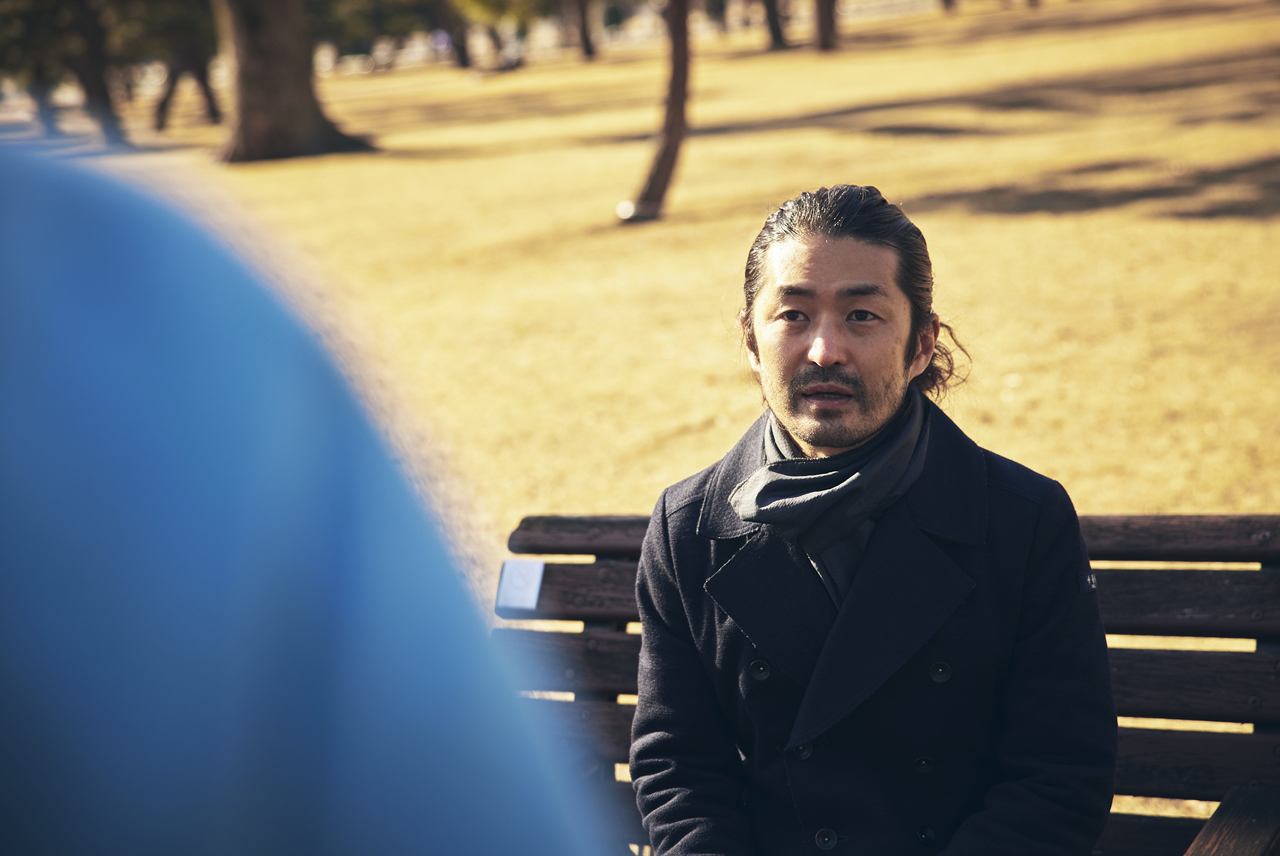
Ito:
If information isn't available because of its poor access, people will never find the garden. I believe the garden's reach widens when someone starts recommending it, so I'm glad that you said that.
As for recent memorable ones, I haven't posted on the website yet, but I liked the garden of Saihoji Temple in Wakasa Town, Tottori Prefecture. It may appear as an ordinary water garden at first glance. In Wakasa Town, clear water from the mountains flows into the channels running throughout the town. The water, essential for human lives, flows into the Saihoji garden and then back into the town. I quite like these types of things.
The fact that the garden is located in this town is a crucial context for me. Some people might be attracted to regional differences in stones and trees, but I see something like an accumulation of people's lives and activities through the water.
Yamaguchi:
An impression you get from a Japanese garden indeed becomes completely different when you regard the context of the region instead of seeing it as an individual garden. The Tachibana-shi Garden in Fukuoka Prefecture certainly gave me a great impression since it's surrounded by the Yanagawa River.
The "Shakkei—Neighboring Textures" project has been launched as one of the ways to understand gardens. What do you think of it, Mr. Ito?
Ito:
It is interesting that the project is viewed from the single topic of shakkei or borrowed scenery. When Mr. Yamaguchi walked me through the project, one thing that I was deeply convinced by was looking at the ‘unlikely combinations’ as a perspective for enjoying gardens, such as a combination of rice paddies and trimmed pine trees, or different colors of stones. After all, a garden is an artificial creation where ‘combinations’ are an essential component. I liked how Mr. Yamaguchi verbalized it as ‘neighboring textures’ and the way he chose to convey this.
I also found it interesting that you decided to launch a web media project involving an exhibition instead of a website announcing the exhibition. Why did you decide to use a website format?
Yamaguchi:
In my case, I first discovered ‘neighboring textures’ while exploring possible perspectives of Japanese gardens, which are often considered elusive. Photograph was a medium for presenting my idea, and a website was a medium to introduce Japanese gardens to the audience through these perspectives.
I thought that if I could establish the hypothesis that the ‘neighboring textures’ is one way of seeing Japanese gardens, people might become more interested in the elusive Japanese gardens and deepen their understanding of Japanese culture.
Ito:
I see. In my case, when I try to take photos of a garden, I can't help zooming out. But Mr. Kumon's photos capture Kogetsudai and Tokyo Dome very interestingly. How he framed the rain gutter at Shugakuin-rikyu is particularly interesting. It made me realize that I've never looked at things from such a perspective when I saw his photos.
I'm also glad that people find Japanese gardens interesting as photographic subjects. As Japanese garden tend to be so large, containing many components, it can be framed by any theme. I'd be happy if many people could realize this nature of gardens. It would be great if this exhibition becomes an opportunity for people to realize it.
Yamaguchi:
"Japanese garden as photographic subject" is such a nice expression you just used. I think Japanese gardens are kind of ambiguous, so it's hard to find where the subject is, even if a garden is great as a whole. That's why I think it's difficult as photographic subject. Mr. Kumon initially was taking distant photos, but then he started to get closer and closer. Framing the details resulted in showing certain parts clearly. Photography is a medium for framing things, and a photographic image would be imprinted into viewers' minds. Therefore, I think the viewers will probably look at the subjects from a similar perspective as the photo when they visit the garden. This is truly the power of photography.
People often say Japanese gardens are about likening one thing to another. But from my point of view as a creator, I think that is not the essence at all, but merely a means for a garden. Likening is one method in garden design, and Japanese gardens can be interpreted through semiotics. However, you can't make a Japanese garden by just bringing a large rock and likening it to a turtle.
Since Jihei Ogawa, the way of making Japanese gardens has changed, and likening seems to be less meaningful. When looking at Ogawa's gardens, I feel that garden making is not about creating as a symbol, but more about something that I can appreciate more naturally. I can say that ‘neighboring textures’ is one of the methods I found when I was thinking about creating a pleasant Japanese garden. What is your opinion about ‘likening’ in Japanese gardens, Mr. Ito?
Ito:
Perhaps natural scenery used to be more common in the past, but sources of ideas were probably scarce. As for gardens, there was the world of Buddhism and religious paintings. Later, some feudal lords started to incorporate local scenic spots, such as the Eight Views of Omi and Tokaido. I think the concept of likening became mainstream because there were so few motifs. Today, depending on the area you live in, the need for likening things is becoming less crucial because the natural trees and stones, and the garden themselves, are more special and valuable.
In terms of ‘neighboring textures,’ Murin-an in Kyoto is also about what kind of components are next to each other―a lawn area in the front, the moss area in the back, a mountain-like area in the back, and the view of a stream in the front. I think the trend has shifted to enjoying exquisite combinations over the past 150 years since the Meiji era. And even now, the Japanese view of gardens is probably still changing.
There are traditional books on gardening, such as “Sakuteiki” and “Tsukiyama Niwa-tsukuri Den” but I believe the definition of so-called authentic Japanese garden will change in this time of globalization. So will the most esteemed element. Personally, I'd like to find and convey the virtue and charm of a new concept garden, expand the possibilities of gardens, make gardens more familiar, and make more people think that gardens are alluring and fun.
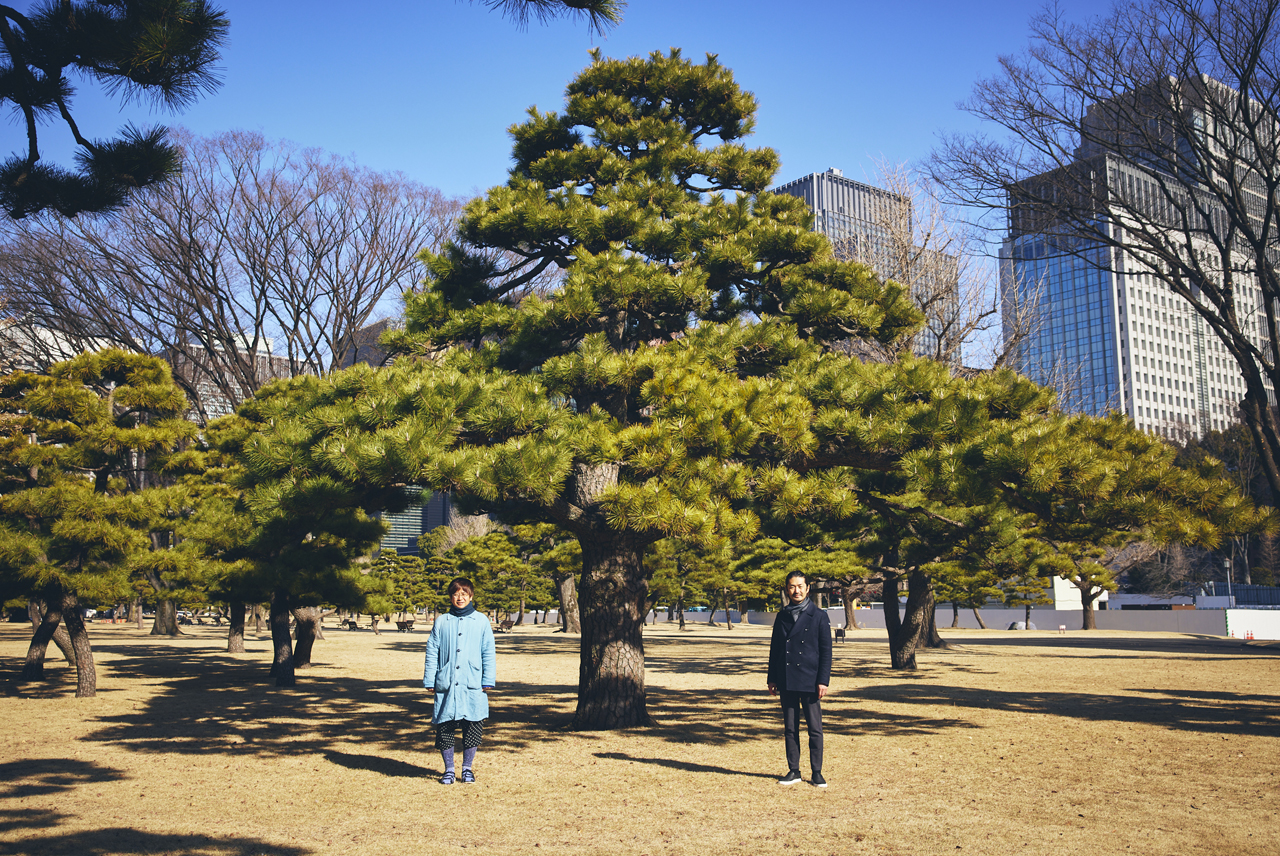
Interview and text by Mai Tsumuraya
